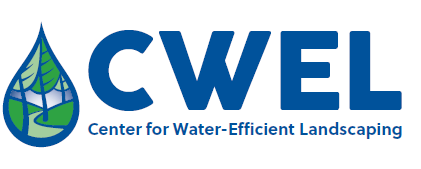Tools for evaluating native grasses as low maintenance turf
Document Type
Article
Journal/Book Title/Conference
HortTechnology
Volume
19
Issue
3
Publisher
American Society for Horticultural Science
Publication Date
2009
First Page
626
Last Page
632
Abstract
Visual ratings are the standard for evaluating turfgrass quality. However, to provide more objective evaluations and to address statistical concerns, other methods have been developed to measure turfgrass quality, including digital image analysis and measurements of chlorophyll content. These have been largely applied to traditionally used turfgrass species, but here we used these methods to evaluate turfgrass quality of nontraditional species and mixtures that are native or adapted to the intermountain west region of North America. Two fertilizer treatments (1.0 or 2.0 lb/1000 ft2 nitrogen) were applied to 21 different species and species mixtures in North Logan, UT. These plots were irrigated to replace 60% of the local evapotranspiration rate and were mowed at 4 inches. Turfgrass quality ratings were most effective in measuring quality among the diverse species used in this study. Because of the wider variation in acceptable visual characteristics and lower quality expectations for low-maintenance native turf, the objective evaluation methods proved less useful. Generally, chlorophyll meter data, digital image analysis of cover, and digital image analysis of color data were not well correlated with human visual quality ratings in this study. Measurements were well correlated in some species, but not in others. These methods can supplement, but cannot replace, human visual turfgrass quality ratings for comparison of dissimilar grasses.
Recommended Citation
Bunderson, Landon D.; Johnson, Paul G.; Kopp, Kelly L.; and Van Dyke, Adam, "Tools for evaluating native grasses as low maintenance turf" (2009). CWEL Publications. Paper 2.
https://digitalcommons.usu.edu/cwel_pubs/2


